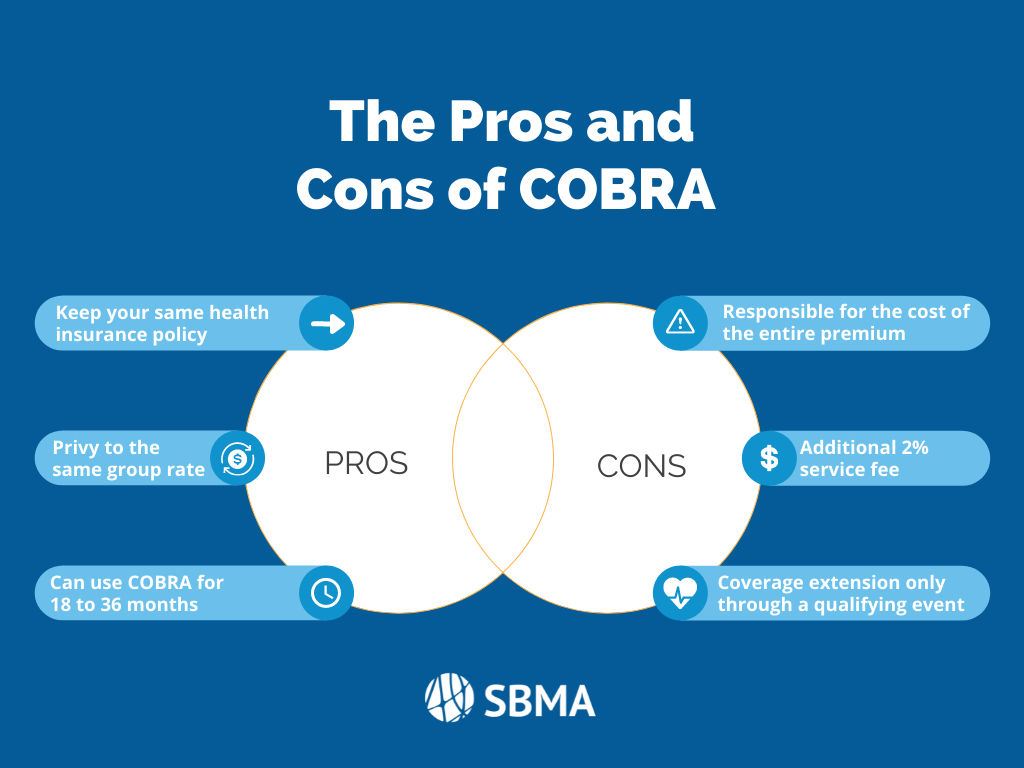Everything about Medicare Advantage Agent
Some Known Details About Medicare Advantage Agent
Table of ContentsThe Facts About Medicare Advantage Agent UncoveredThe Ultimate Guide To Medicare Advantage AgentThe 2-Minute Rule for Medicare Advantage Agent

follows from perplexing the fairly young age profile of the without insurance with the much better health and wellness, typically, of more youthful persons. This covers the link in between health and wellness condition and wellness insurance coverage. For those without accessibility to office health insurance, bad health is a prospective barrier to acquiring nongroup protection because such insurance coverage might be highly valued, leave out pre-existing problems, or be simply inaccessible. The number of without insurance Americans is not particularly huge and has actually not altered in recent years. 7 out of ten participants in a nationally depictive survey believed that less Americans did not have health insurance than really do(Fronstin, 1998). About fifty percent(47 percent )thought that the number of people without health and wellness insurance reduced or continued to be constant over the latter half of the last years(Blendon et al., 1999). This decline of almost 2 million in the number of people 'without insurance policy (a reduction
of about 4 percent)is definitely a positive adjustment. With a softer economy in 2000 the current reported gains in insurance protection may not continue(Fronstin, 2001 ). The decline in the number of uninsured will certainly not proceed if the economy remains sluggish and healthcare costs remain to outmatch rising cost of living. This is due to the fact that the information were accumulated for a duration of strong financial performance. Of the estimated 42 million people who were uninsured, almost concerning 420,000(about 1 percent)were under 65 years of age, the age at which most Americans end up being eligible for Medicare; 32 million were adults between ages 18 and 65, about 19 percent of all adults in this age group; and 10 million were youngsters under 18 years old, regarding 13.9 percent of all kids (Mills, 2000). These quotes of the number of persons uninsured are generated from the annual March Supplement to the Current Population Study (CPS), performed by the Demographics Bureau. Unless or else noted, national estimates of people without health and wellness insurance policy and percentages of the populace with different sort of insurance coverage are based upon the CPS, the most widely used source of estimates of insurance policy protection and uninsurance prices. These surveys and the estimates they yield are described briefly in Table B. 1 in Appendix B - Medicare Advantage Agent. These studies vary in dimension and sampling methods, the inquiries that are asked regarding insurance coverage
Medicare Advantage Agent Fundamentals Explained
protection, and the moment duration over which insurance coverage or uninsurance is determined(Lewis et al., 1998, Fronstin, 2000a ). Still, the CPS is especially valuable since it generates yearly quotes reasonably rapidly, reporting the previous year's insurance policy protection estimates each September, and since it is the basis for a constant set of quotes for even more than twenty years, enabling analysis of patterns in insurance coverage gradually.
.png)
4 Simple Techniques For Medicare Advantage Agent
Over a three-year period beginning early in 1993, 72 million individuals, 29 percent of the U.S. populace, lacked insurance coverage for a minimum of one month. Within a solitary year(1994), 53 million individuals experienced at least a month without insurance coverage(Bennefield, 1998a). Six out of every 10 without insurance grownups are themselves employed. Functioning does boost the possibility that one and one's household members will certainly have insurance coverage, it is not a warranty. Even participants of households with 2 full-time wage earners have nearly a one-in-ten possibility of being uninsured (9.1 percent uninsured rate)(Hoffman and Pohl, 2000 ). The partnership between medical insurance and accessibility to care is well developed, as documented later on in this phase. The connection between health and wellness insurance and health results is neither straight nor easy, a considerable medical and health and wellness solutions study literature web links wellness insurance policy protection
to improved better to care, better quality, and improved personal and population health status. The 2nd report, on personal health and wellness outcomes for without insurance adults, is stood for by the innermost circle of the number, while the 3rd report, on family health, includes the subjects of the 2nd record however stresses a various system of analysis, particularly, the family. The 6th report in the series will certainly provide check it out details concerning strategies and campaigns taken on locally, statewide, or country wide to deal with the lack of insurance policy and its damaging effects. Levels of evaluation for taking a look at the effects of uninsurance. This conversation of health and wellness insurance coverage concentrates mainly on the united state populace under age 65 since practically all Americans 65 and older have Medicare or various other public protection.
It focuses particularly on those without any kind of wellness insurance policy for any kind of length of time. The issues dealt with by the underinsured remain in some areas similar to those faced by the uninsured, although they are typically much less severe. Uninsurance and underinsurance, however, involve distinctly different policy issues, and the approaches for resolving them may differ. Throughout this study and the five reports to follow, the main focus is on persons without health insurance and thus no support in spending for healthcare beyond what is readily available with charity and safeguard organizations. Medical insurance is a powerful variable influencing invoice of treatment due to the fact that both individuals and physicians react to the out-of-pocket rate of services. Wellness insurance policy, nevertheless, is neither needed nor sufficient to get to medical solutions. The independent and direct effect of health
insurance insurance policy protection access accessibility health health and wellness solutions well establishedDeveloped Others will certainly obtain the healthcare they need even without health insurance, by paying for it out of pocket or seeking it from carriers that use treatment totally free or at highly subsidized prices. For still others, wellness insurance alone does not ensure invoice of treatment as a result of various other nonfinancial obstacles, such as a lack of health and wellness treatment carriers in their community, restricted access to transport, illiteracy, or etymological and cultural distinctions. Official research study concerning without insurance populaces in the United States dates to the late 1920s and very early 1930s when the Committee on the Expense of Healthcare produced a series of records about financing physician office gos to and hospital stays. This problem became salient as the varieties of clinically indigent climbed up see this page during the Great Depression. Empirical studies continually support the link between access to care and enhanced wellness end results(Bindman et al., 1995; Starfield, 1995 ). Having a routine source of care can be considered a predictor of accessibility, instead than a direct measure of it, when health and wellness end results are themselves utilized as accessibility signs. This extension of the idea of accessibility dimension was made by the IOM Board on Keeping An Eye On Accessibility to Personal Wellness Treatment Solutions(Millman, 1993, p. Whether moms and dads are insured shows up to affect whether or not their kids get care along with just how much careeven if the children themselves have protection(Hanson, 1998). The health of moms and dads can affect their ability to take care of their youngsters and the degree of household stress and anxiety. Bothering with their youngsters's access to care is itself a source of anxiety for parents. Three phases follow in this record. Phase 2 provides an overview of how employment-based health and wellness insurance coverage, public programs and individual insurance coverage operate and communicate to supply substantial yet incomplete protection of the united state populace. This consists of a review of historic trends and public laws influencing both public and personal insurance coverage, a discussion of the communications amongst the various sorts of insurance, and an evaluation of why individuals move from one program to one more or wind up
